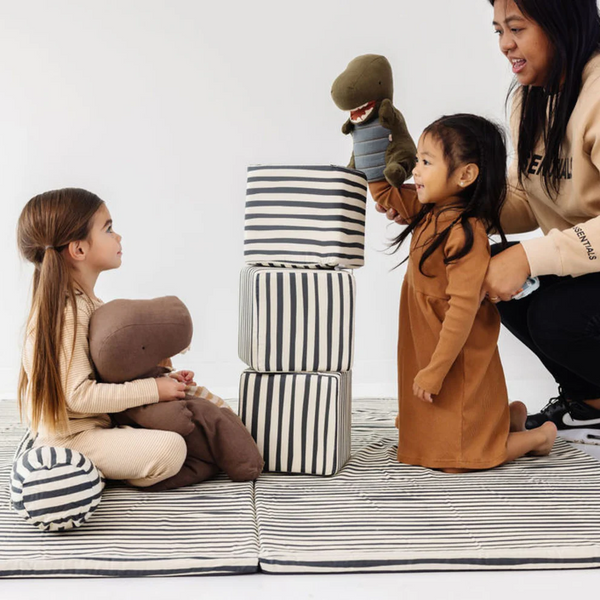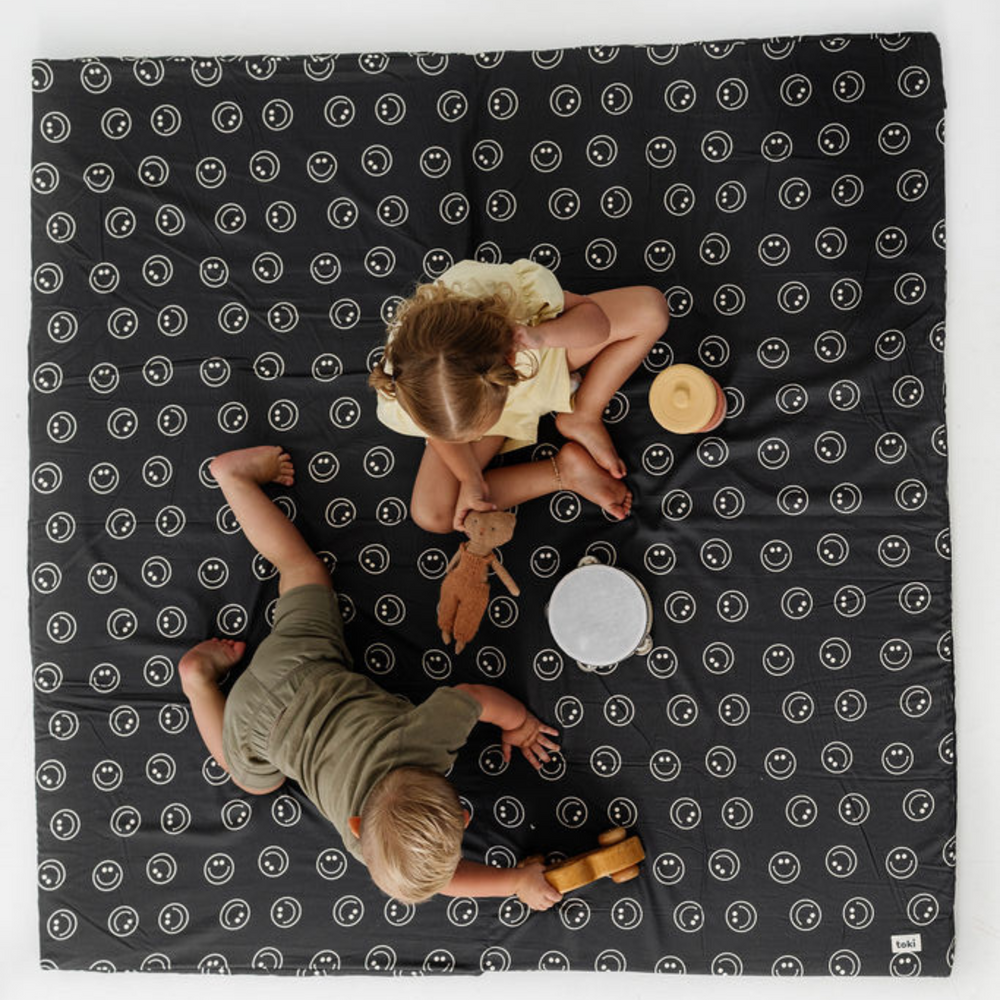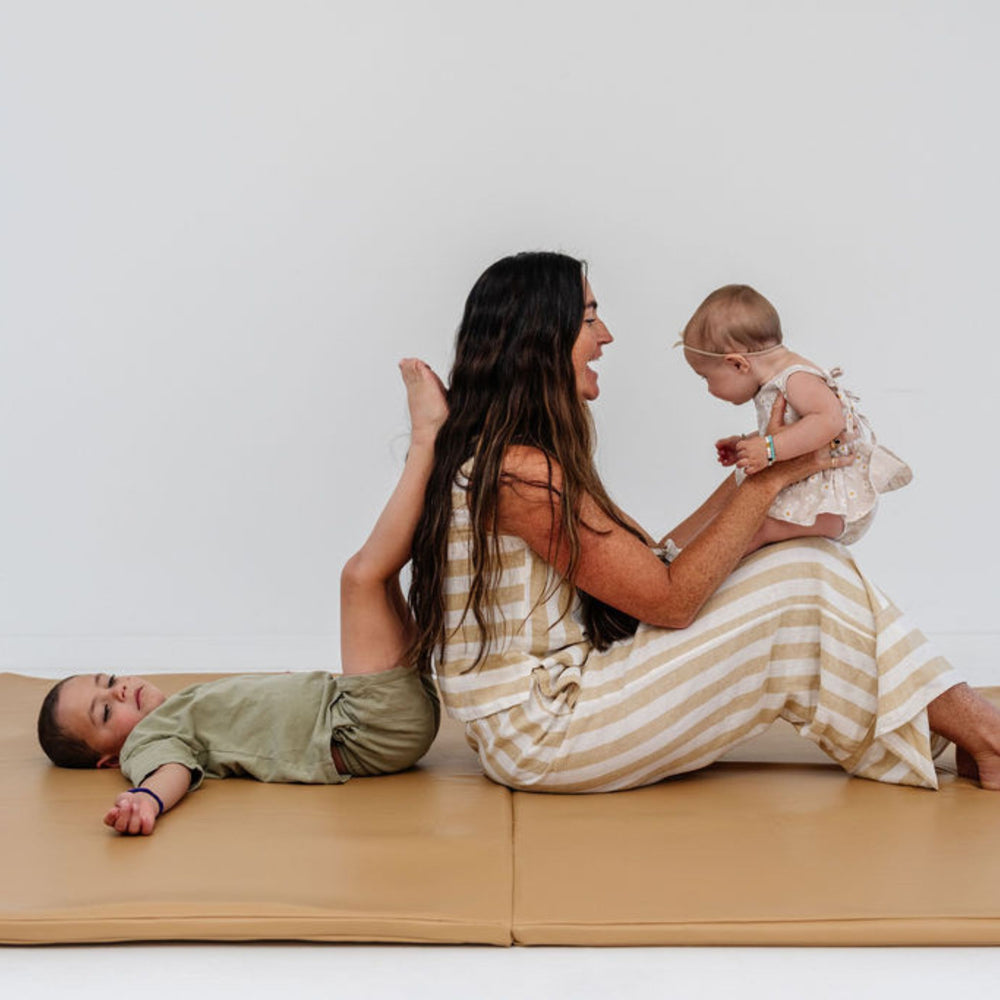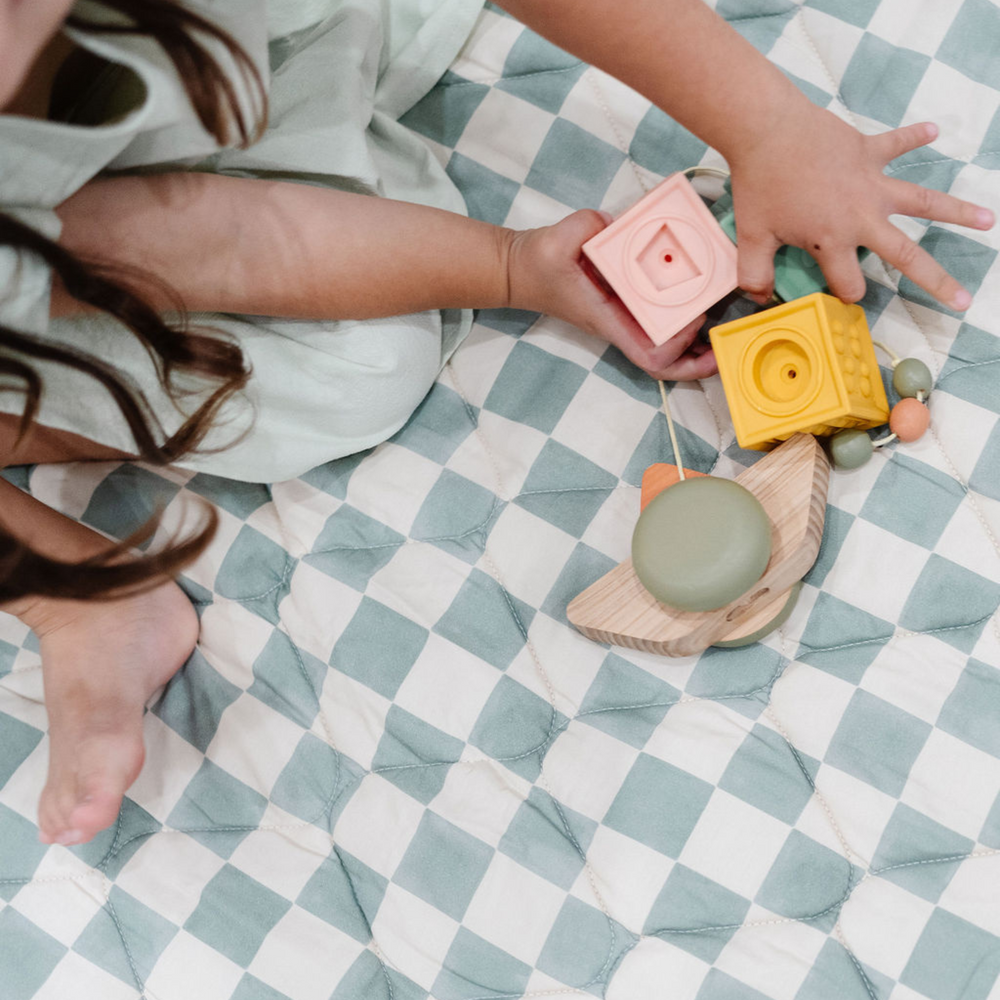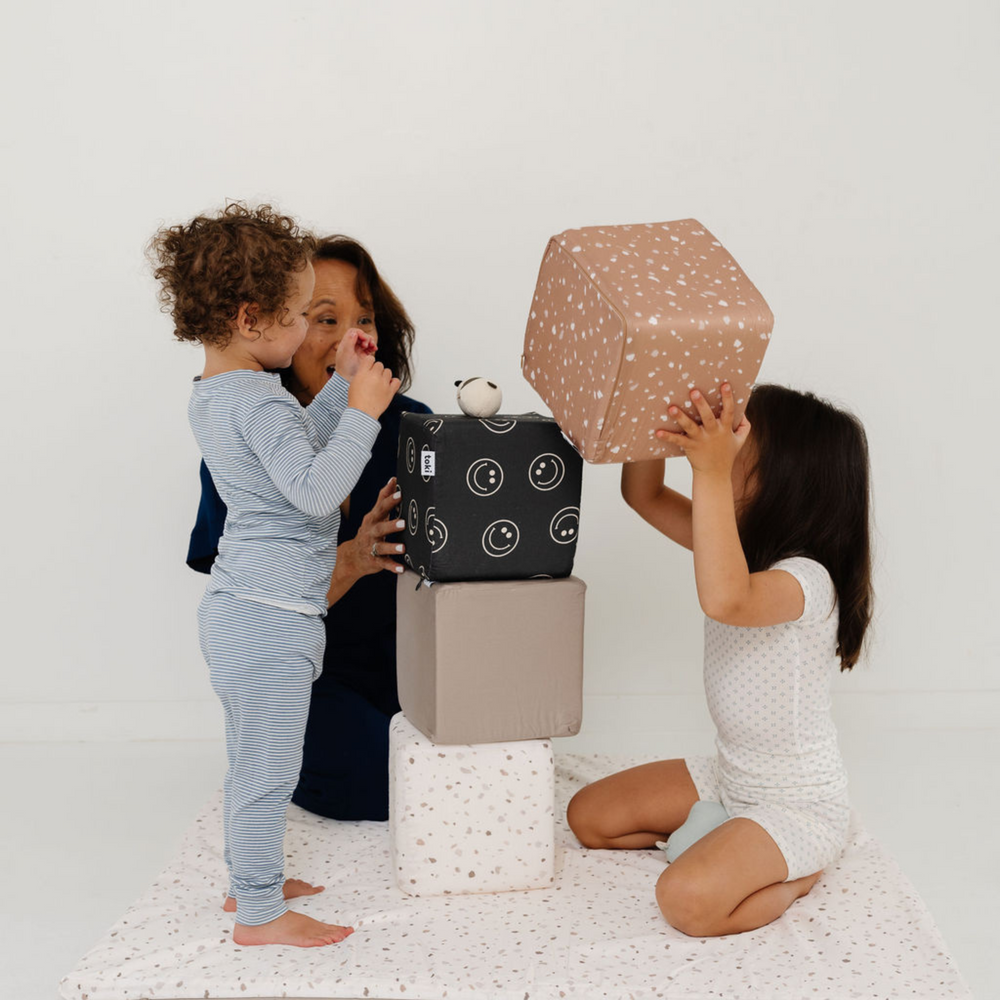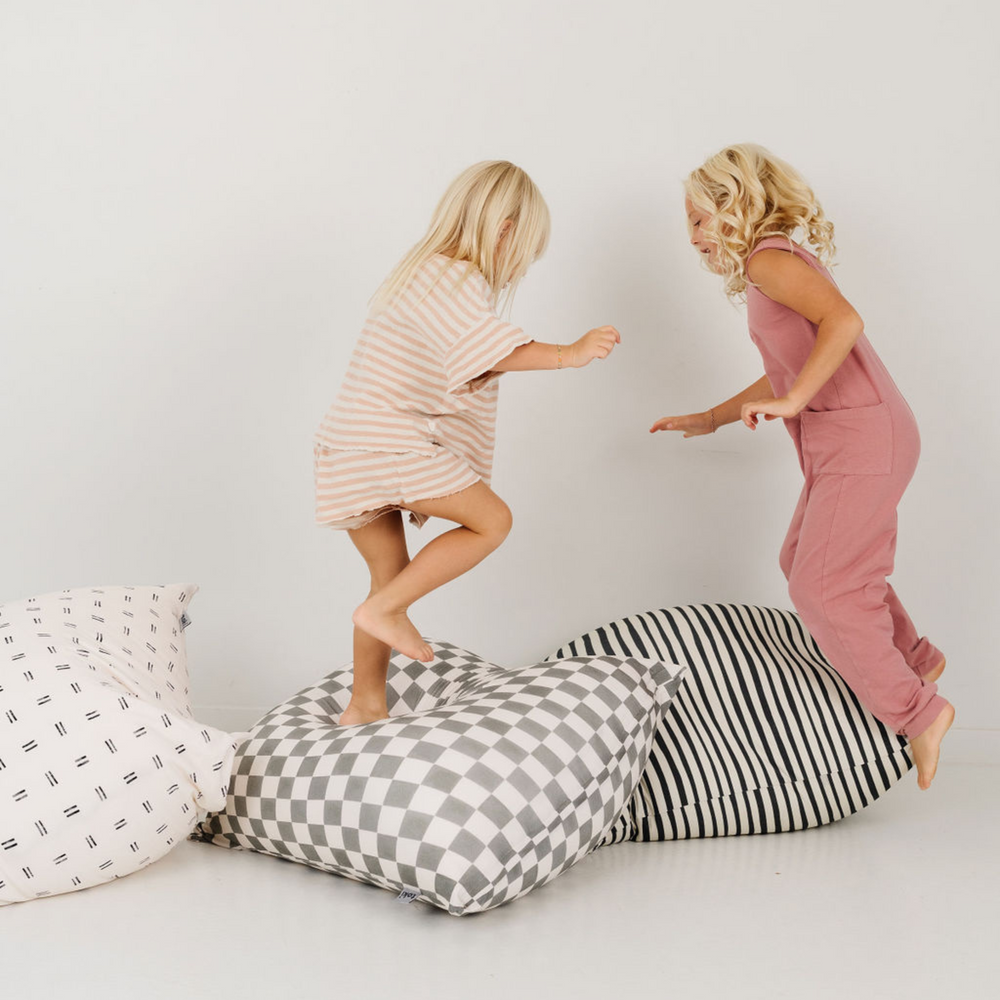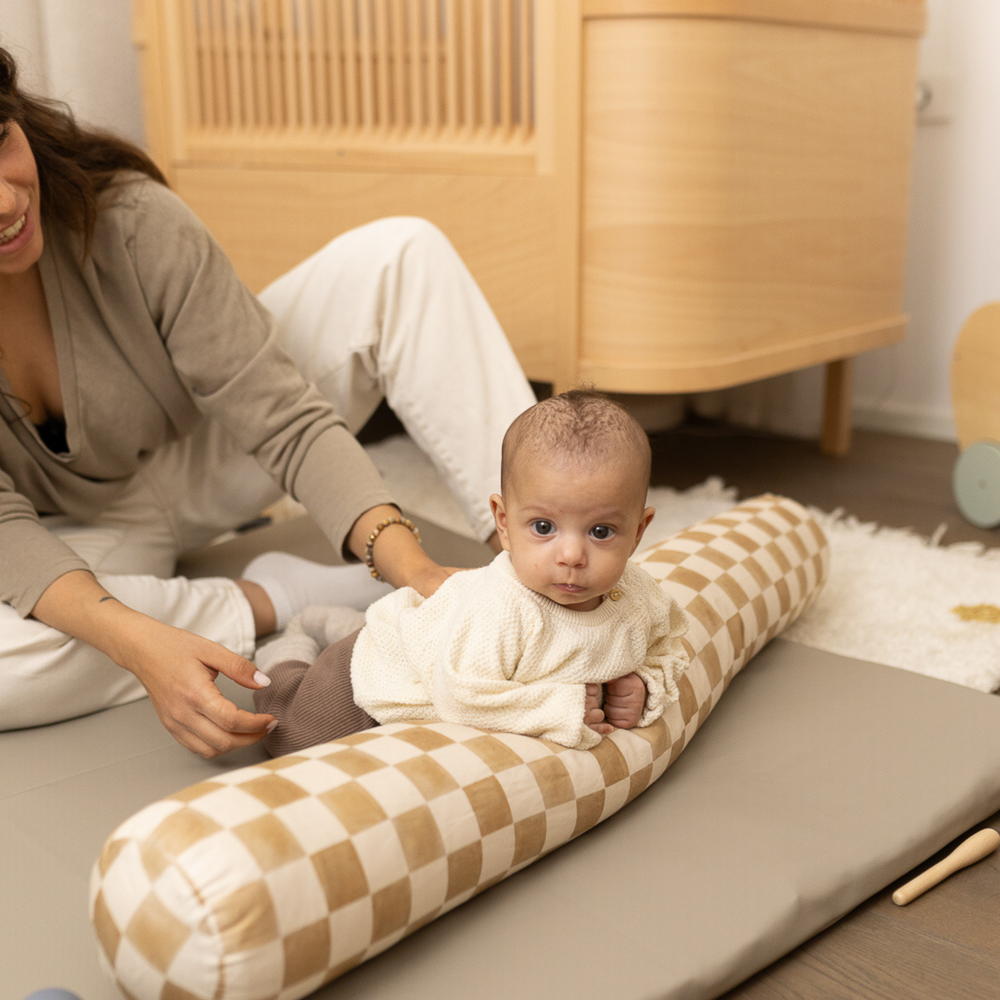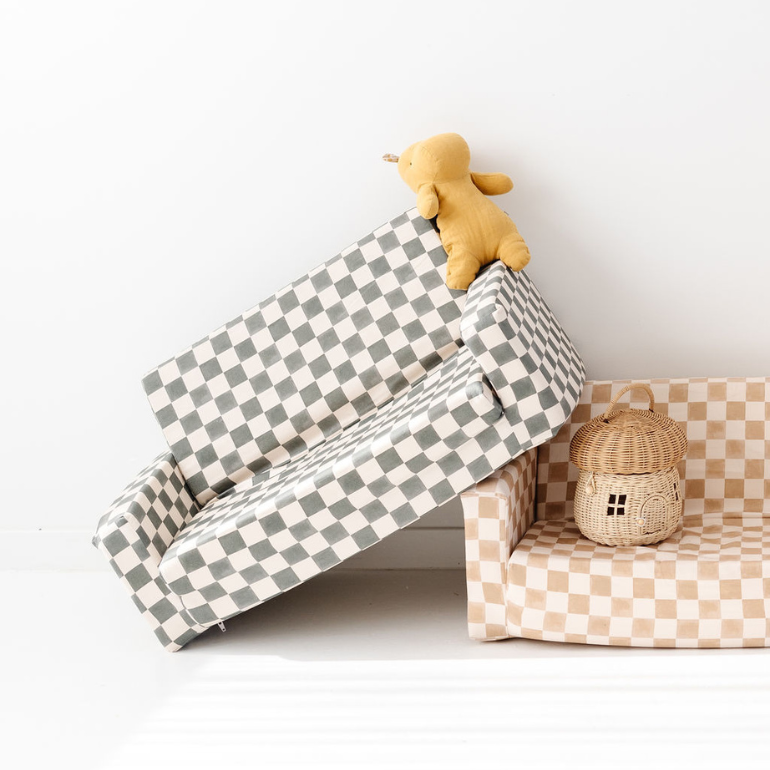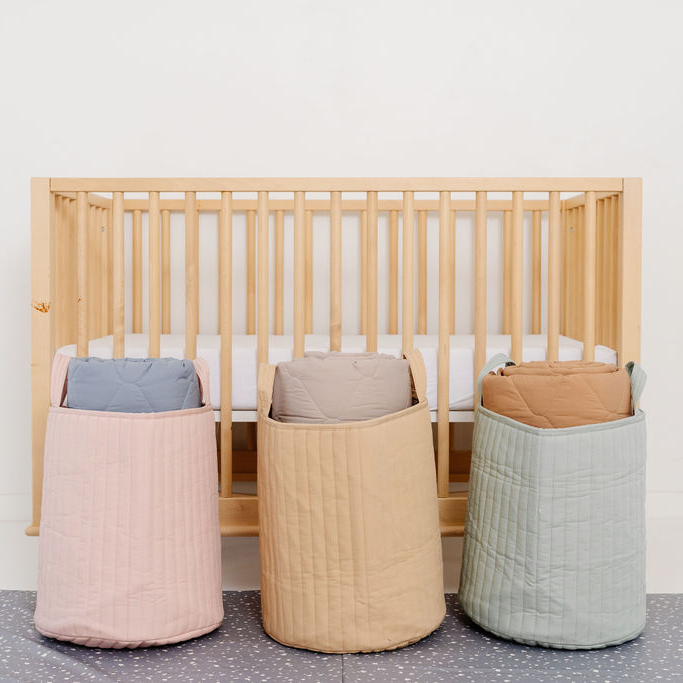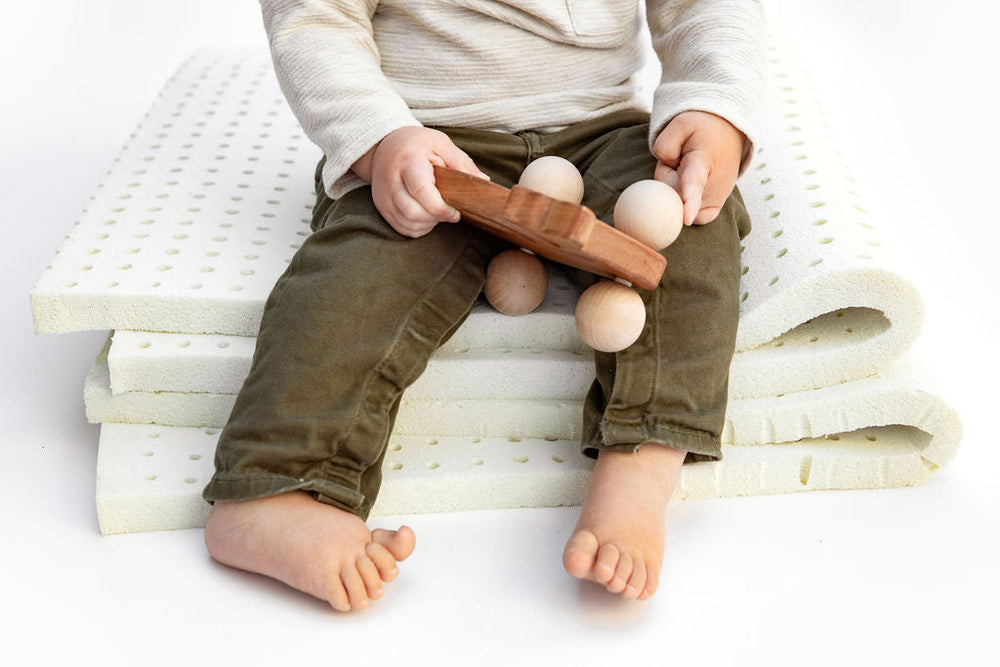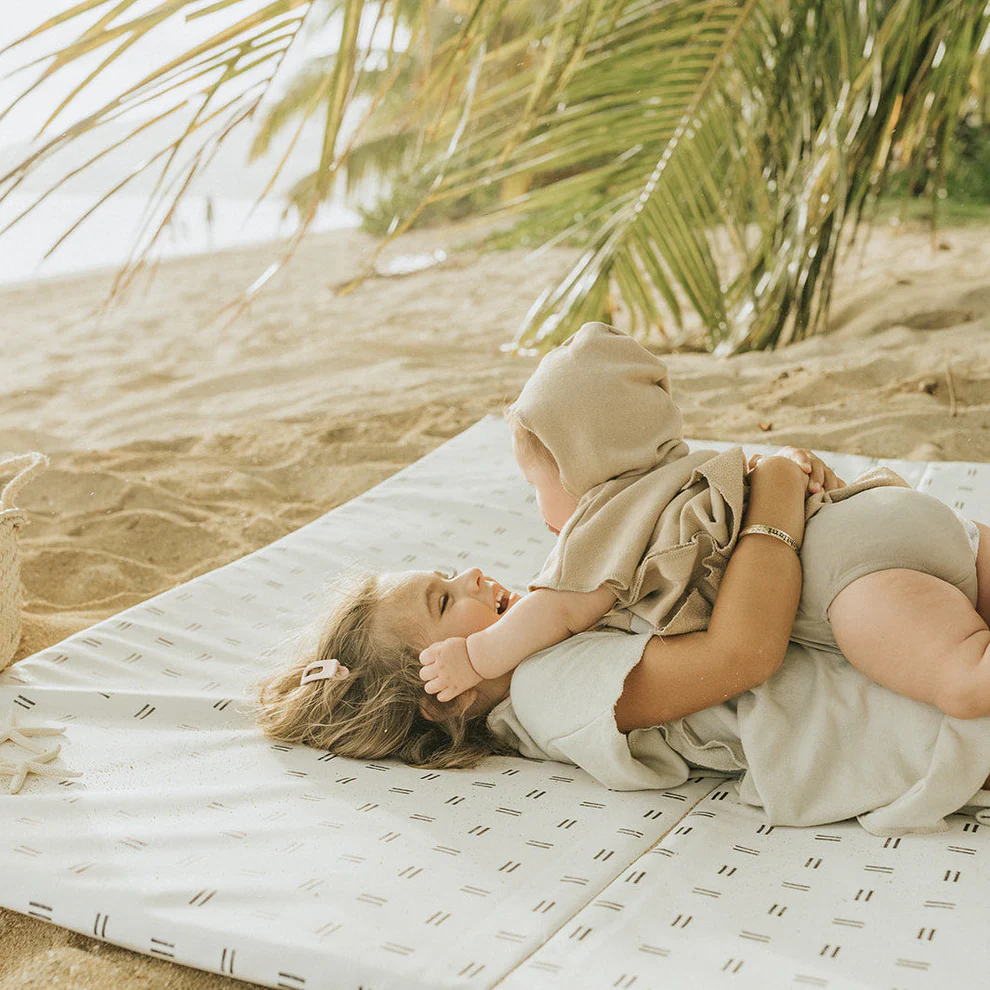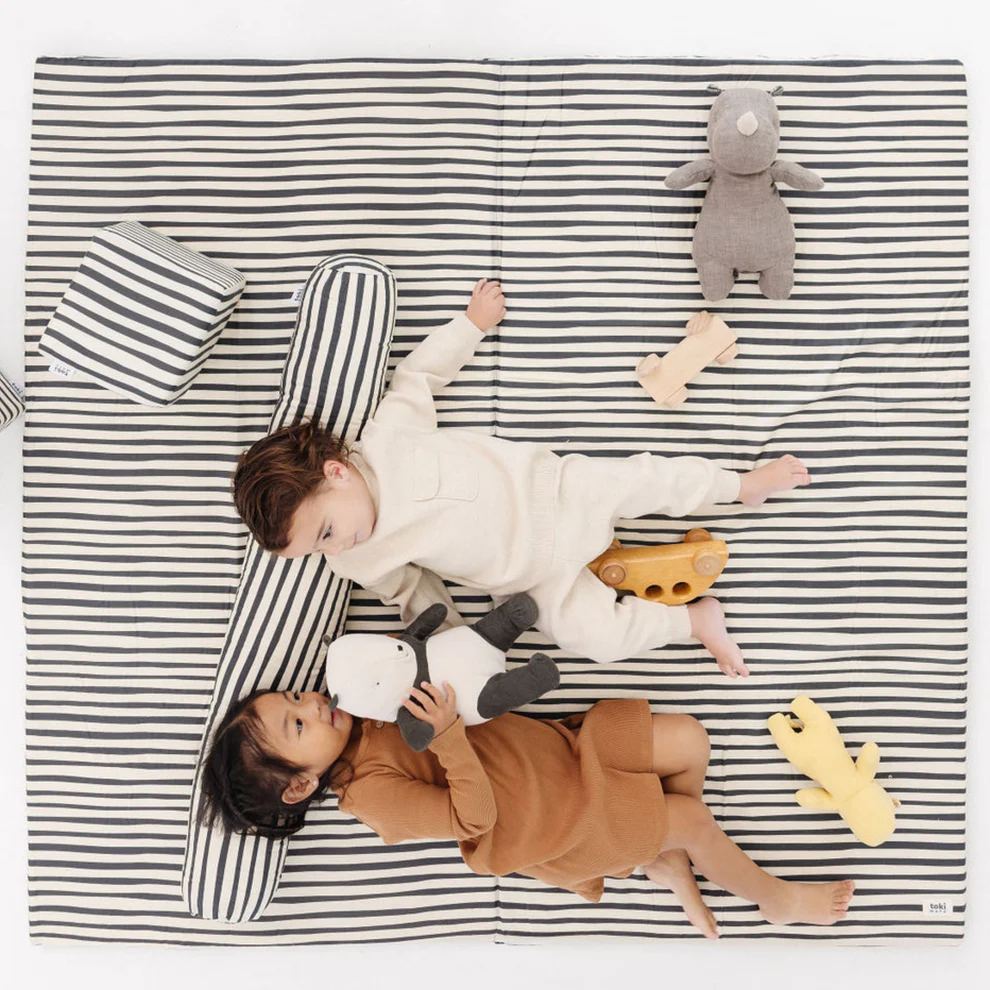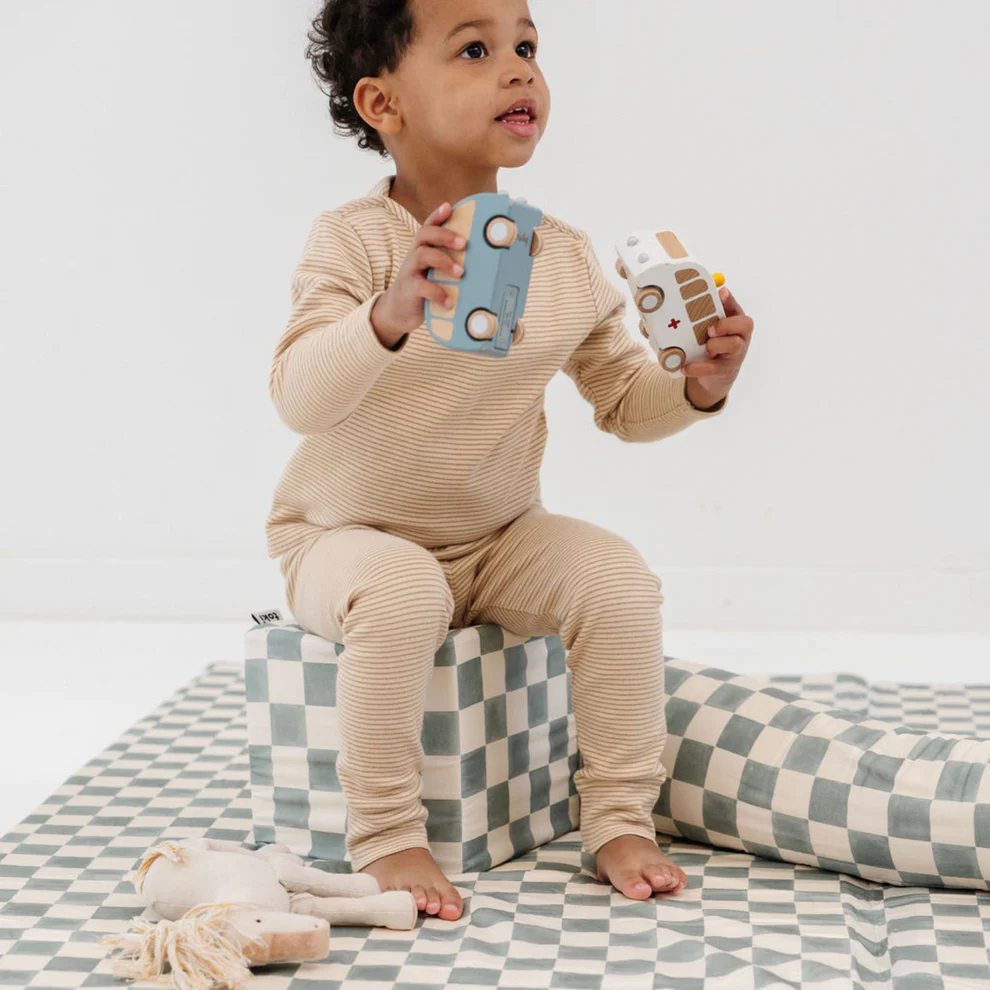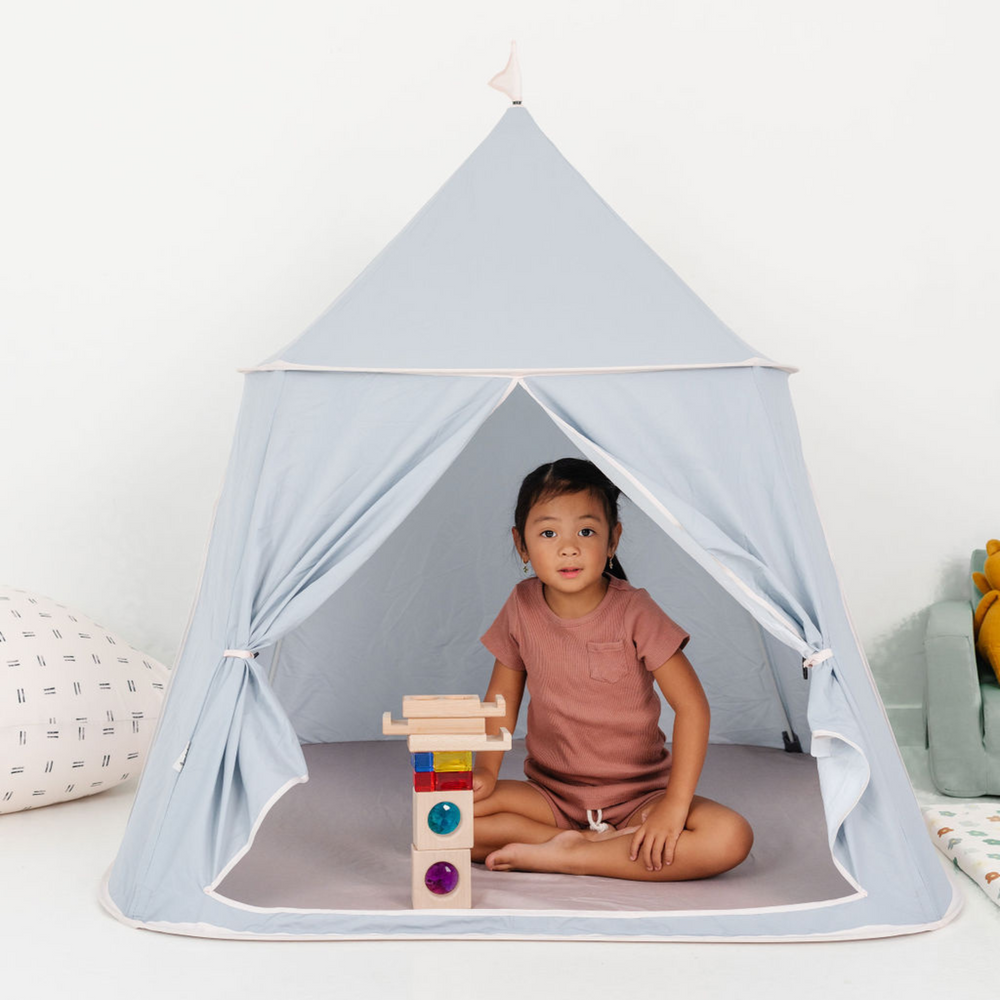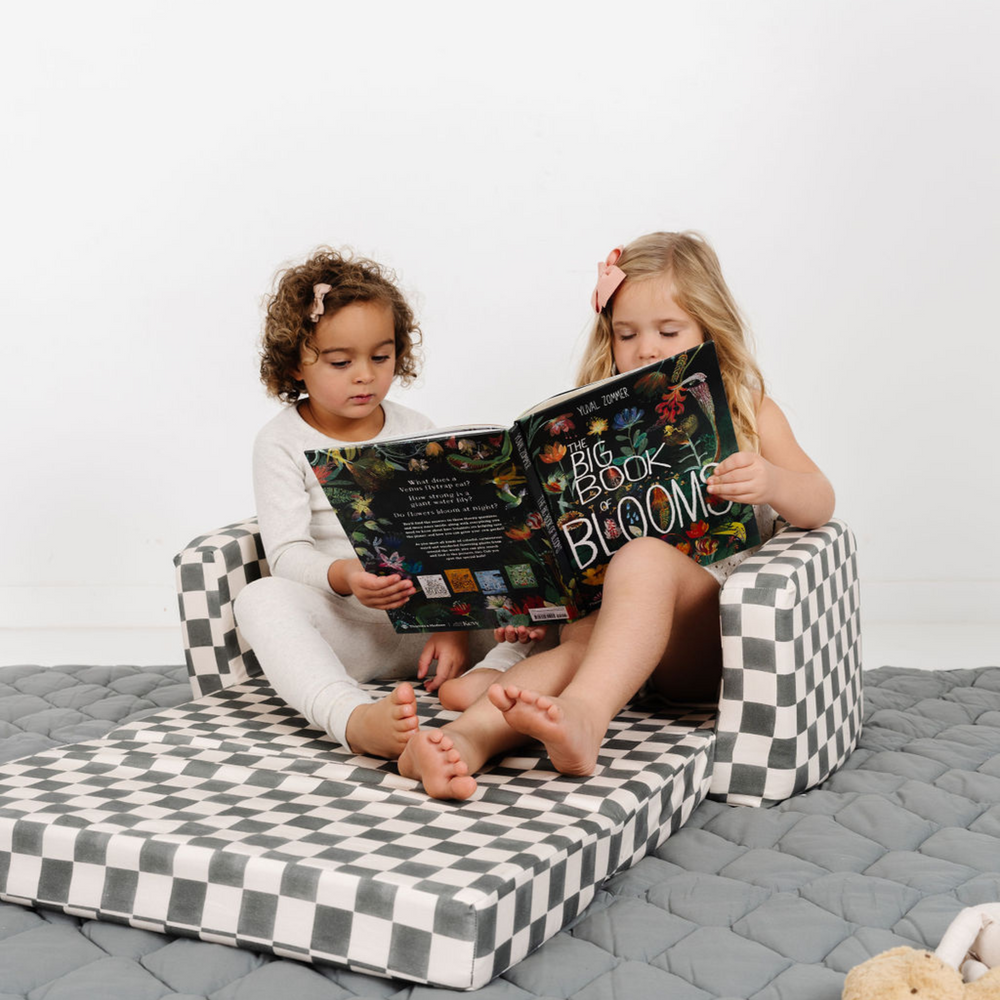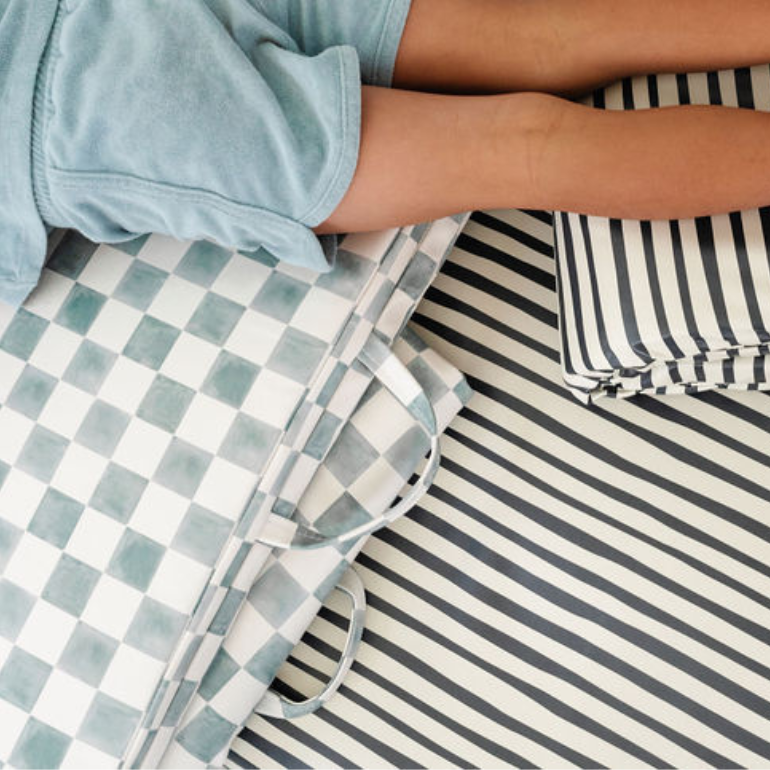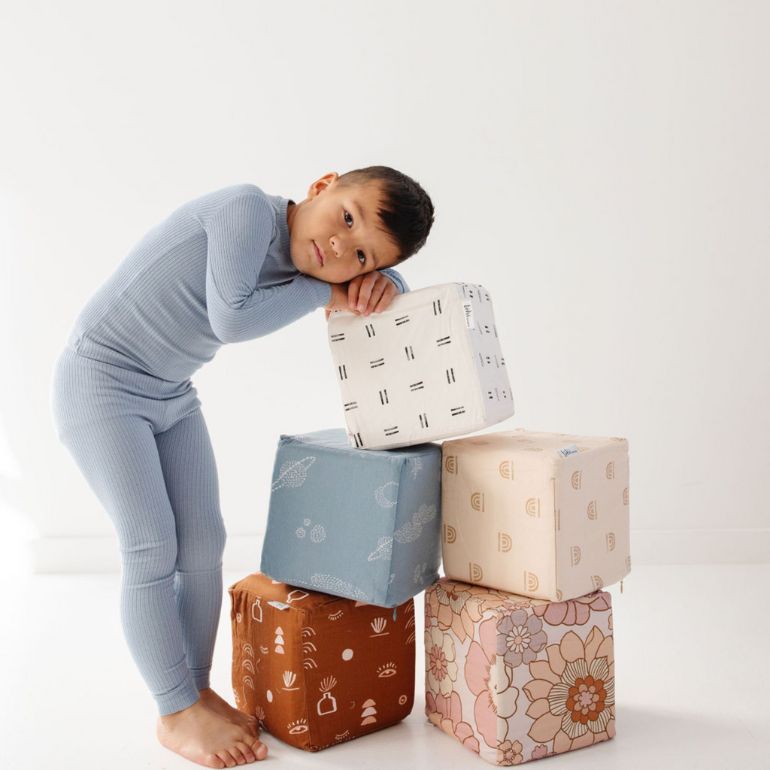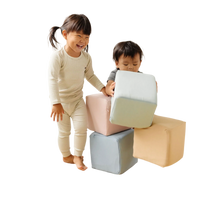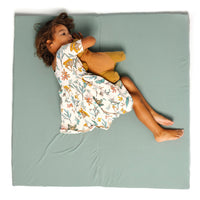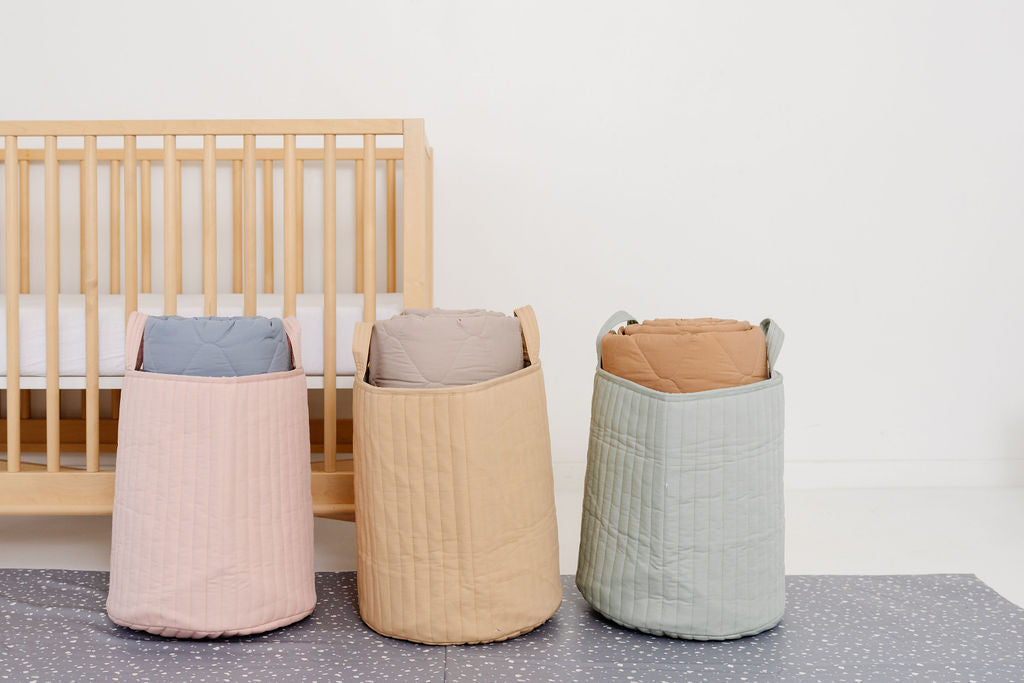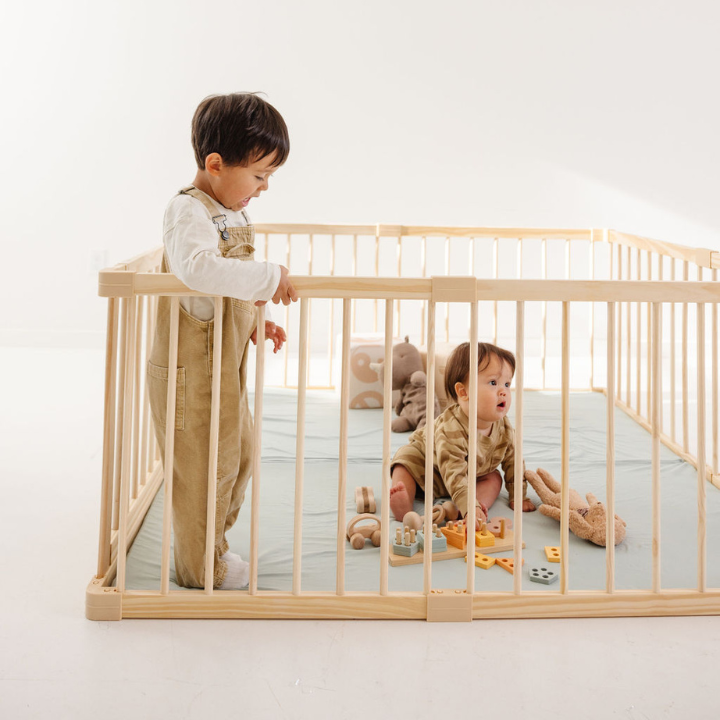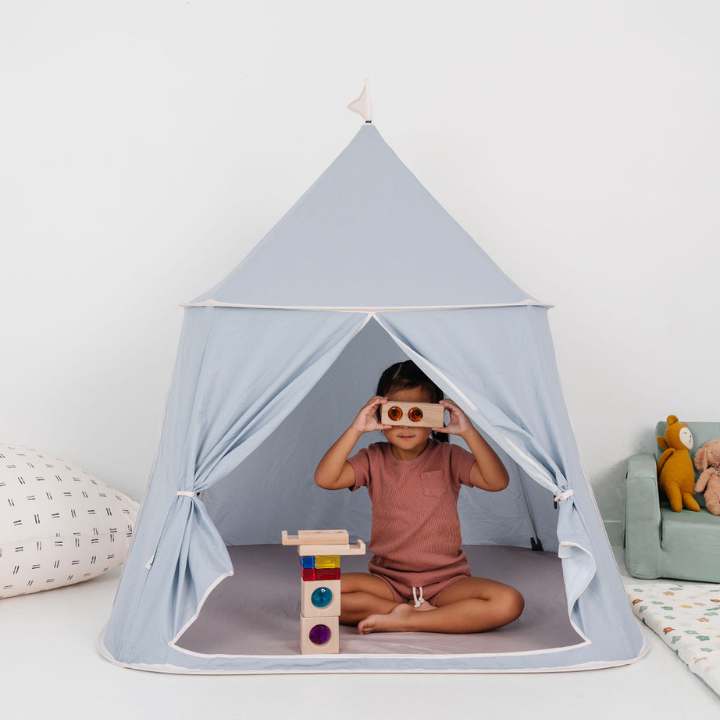Ask an Expert: The Benefits of Pretend Play with Brooke Boruff, OTR/L
November 3, 2025
Brooke Boruff, founder of Infant Insights, lends us her expertise as a pediatric occupational therapist and mom who specializes in baby development.

Your child’s imagination and creativity take shape very early in childhood. It can look as simple as them giving their baby doll a bottle, and as complex as acting out a role in a make-believe world. While it’s fun and endearing to watch your little one play pretend, this type of play is an incredibly important part of their social and emotional development.
What is pretend play?
There are so many different types of play (exploratory, sensorimotor, etc.) and pretend play is a type of play. Pretend play, also known as imaginative play, dramatic play, or make-believe play, is when a child imitates or recreates certain favored scenarios.

Understanding pretend play
Pretend play can emerge as early as late infancy and continues to develop into early childhood. Around 15 months, your baby may give a baby doll a pacifier, bring a phone to their ear, or pretend to rock their stuffed animal to sleep. This is a simple type of pretend play called imitation where your child imitates actions they have seen in their daily life.
Pretend play continues to become more complex as your child enters toddlerhood. Your child will start to create complex pretend scenarios using toys, dress-up clothing, and props to carry out a certain scene. This may emerge around 2 years old, but continues to become even more complex as your child grows.
Different types of pretend play
There are many types of pretend play, including imitative, constructive, and imaginative play.
-
Imitative play is when a child imitates a certain action using an item in a simple way. This happens when your baby brings a phone up to their ear to “talk”, or pretends to feed their stuffed animal. This is the earliest form of pretend play and you typically see this emerge in babies 15-18 months old.
-
Constructive pretend play is when your child pretends that items take on new and different forms. For example, as your child plays with their stacking blocks, they may pretend that the blocks are a tower. This is a more complex form of pretend play and usually develops after the age of 2 years old.
- Imaginative play is when your child begins to create complex scenarios with or without objects. Your child may pretend that the floor is lava, or that their block tower is a small village of people that interact and move about their daily life. These scenarios start simple around age 3, but continue to become more complex as your child’s imagination grows.
How pretend play fosters language development
Pretend play is crucial for all areas of development, including language. As your child pretends during play, they may imitate speech spoken during that scenario. Through this type of play, they also exercise cognitive skills to problem-solve and utilize familiar tools in new and different ways.
As you speak with your child, and engage in play, your child learns many speech development skills that are crucial for language development, including:
-
Eye contact as you interact
-
Simple words, phrases, and vocabulary as you communicate during play
-
Attention as they focus and take in their world around them.

How pretend play teaches emotional regulation
Pretend play is important for helping children develop emotional regulation skills. As your child pretends during play, they become aware of indicating emotions in their imagination that can be translated to indicating their own emotions.
Using imaginative pretend play can also help you understand your child’s feelings and emotions.You may carry out a similar scenario using a pretend doll, and ask your child questions like, “How does this make dolly feel” or “was that a good choice dolly made?” This will help your child reflect on their own behavior using the conversations exchanged during the pretend play scenario.
How pretend play builds social skills
Pretend play encourages social skills because it requires your child to interact with peers in their environment while they carry out certain activities and scenarios. As they interact with peers, maintain eye contact, communicate their needs and desires, and work alongside or with others, they develop skills necessary for social-emotional intelligence.
All forms of play encourage many different skills across the board, and all play is important. Pretend play helps develop gross motor, fine motor, bonding, cognitive, and life skills. Offering opportunities for these play scenarios is the best way to build all these skills at the same time!
Supporting Pretend Play
To encourage pretend play in children under 2 years or age, you may model talking on a toy phone and then encourage your baby to do the same. You may offer your baby a spoon and bowl while you cook, and let them practice pretending to cook alongside you. You may also offer your baby play food to feed their baby and model throughout if your baby has trouble initiating.
For older toddlers, pretend to play alongside your child. Have them play in a play kitchen and make a play breakfast, pretending to mix, pour, bake, and serve. You may also pretend to set the table and wash the dishes together. This not only teaches your child important skills, but also helps them understand the sequence of events for meal time and more.
As your child grows, go along with their elaborate pretend play scenarios. Dress up in fun costumes, be silly, and let the play take over!!

Tips for successful pretend play
-
Never force your child to play. If they seem unmotivated or disinterested, model and make it fun!
-
Let your child lead. Letting your child lead and not forcing any specific pretend play scenario is the best way to motivate your child to play.
-
Eliminate distractions. Turning the TV off and eliminating the amount of toys in their environment can be great strategies to get your child engaged.
OT-Recommended Play Products
-
Play tent: Perfect for pretending to play “castle” and “house”
-
Play kitchen: Perfect for pretend cooking and cleaning
-
Play cleaning set: A fun way to keep your kids occupied and teach them responsibility
-
Play couch: Where your child can pretend to have their morning coffee, “nap”, and more on furniture that’s their size


Shop the blog
Blooms Play Tent
$135 - $135
An easy-to-assemble, easy-to-store pop-up tent that’s home base for your child’s fantastic adventures.
Shop Now

About the Author: Alice
Alice Mendoza is a copywriter and blog writer based in Los Angeles. She began writing for a baby brand while on maternity leave, and realized she had found her niche. Today, she writes exclusively within the baby space, using her BFA in Creative Writing and her own experience as a mother to guide her. When she’s not working, you can find her chasing down her toddler, going on walks around the neighborhood, or watching reality TV.
